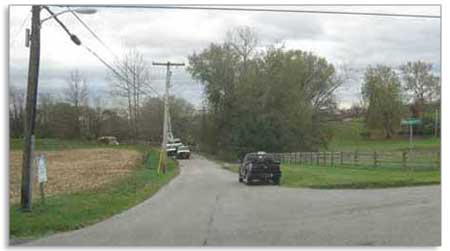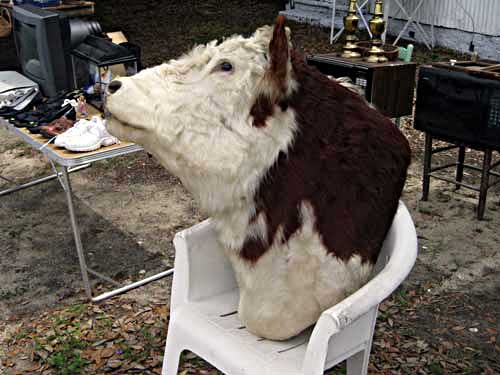I snagged some Pandorea jasminoides seed pods from a friend’s garden. They are woody and beautiful.
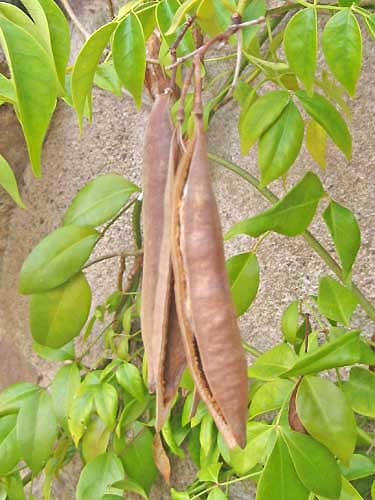
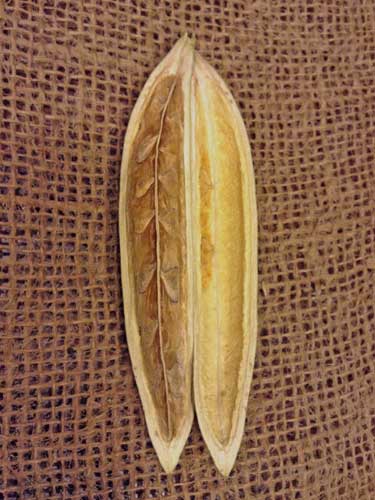
Open Pod Exposing Seeds
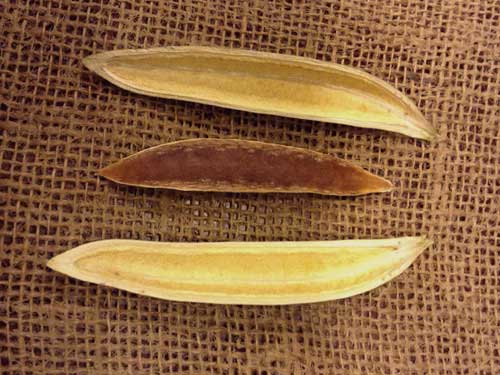
Pod, Seeds Removed, With Interior Part
The pods have been used in my Change series.
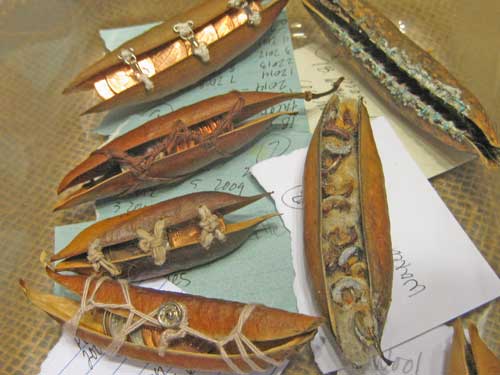
I kept the interior bits and seeds for possible future use.


Curious if the seeds were viable, so I planted a few–

I kept thinking about the interior bits. How could I use them? Recently ran across reference to slat books in one of my sketch books.
So, I selected the bits with the most interesting light lines.
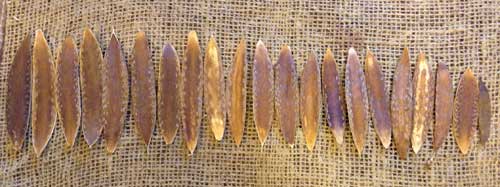
The plan is to stitch a letter on each bit, then stitch them together. I had thought about using Ogham or A-tom-tom code, but for various reasons they didn’t feel right. Instead I made a stitch pattern based on Morse code. I actually made three versions. This is the phrase: Long forgotten memory.

For the slat book, I am deciding between the phrases, link with the past and accustomed to being invisible. Probably will use bamboo cord or Egyptian cotton thread for the stitch work.
When I quickly searched for the two types of code that I decided not use, I realized that both times I hit Omniglot, the online encyclopedia of writing systems and languages. It is a great site with loads of information.
Strip or Slat books were made of a variety of material–bamboo, bark, and palm leaves. The material was cut into slats. The slats were either bound together or holes were made and cord was threaded through binding the slats together.
Information about the history of books and slat books can be found on the
Harry Ransom Center, The University of Texas at Austin website.
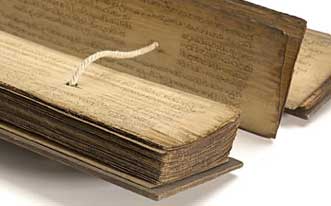
Information on Horizontal and Vertical Writing in East Asian Scripts can be found on Wikipedia.
Writing in vertical columns from right to left facilitated writing with a brush in the right hand while continually unrolling the sheet of paper or scroll with the left.
A brief description about slat books and a nice image can be found on Susan Kapuscinski Gaylord’s website makingbooks.com.
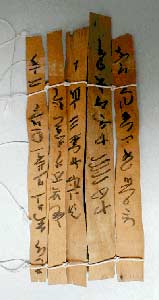
Information on early Chinese inscriptions can be found on Jeremy Norman’s website historyofinformation.com.

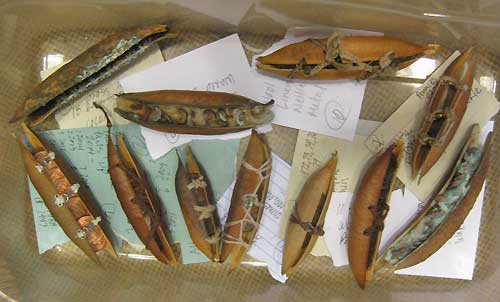
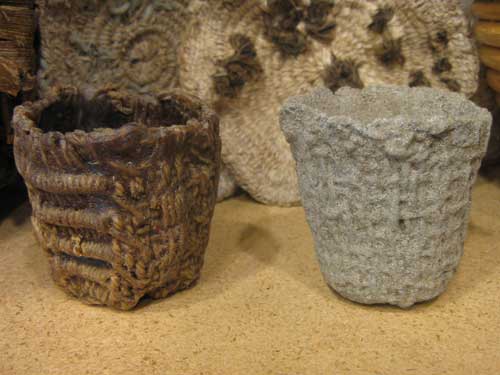


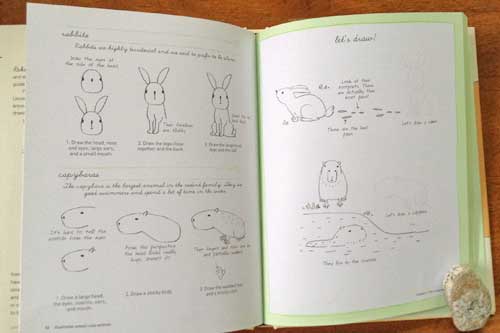

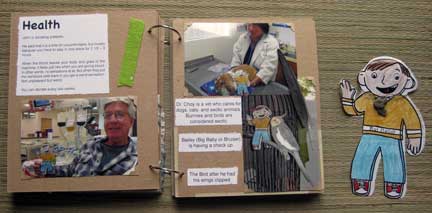
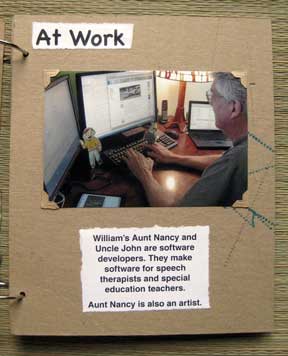
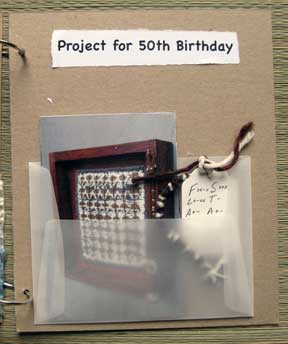
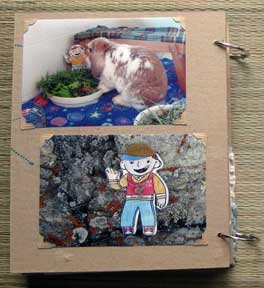
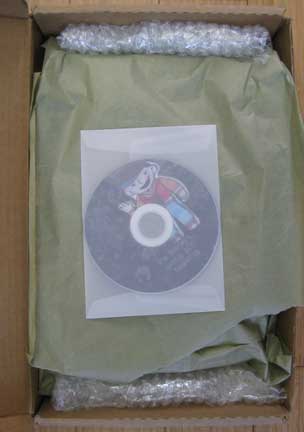


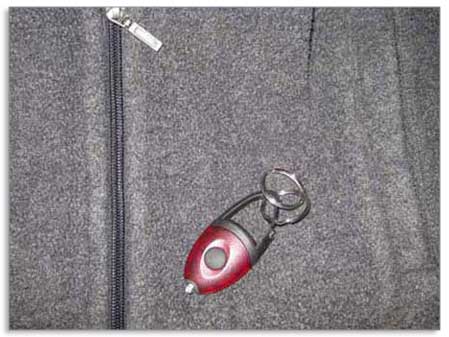 My little flashlight helped me make my way through the dark of the house and it gave me light for reading.
My little flashlight helped me make my way through the dark of the house and it gave me light for reading. 